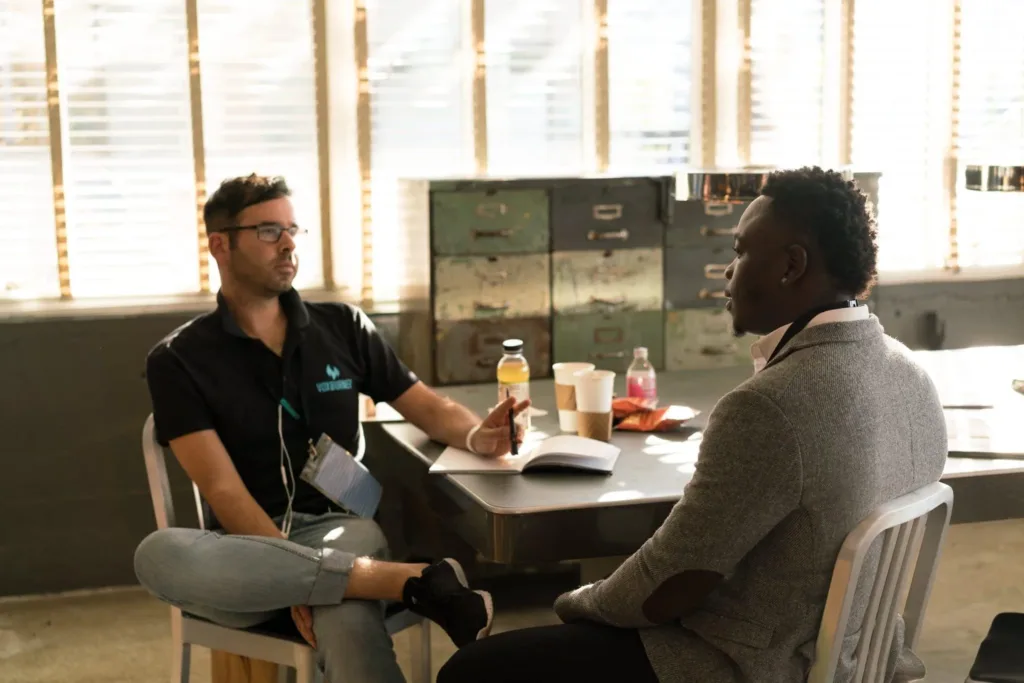In August 2022, multiple friends, clients, and employees sent me an article McKinsey & Company published titled, “Network effects: How to rebuild social capital and improve corporate performance”. As you may expect from the title, it felt like authors Taylor Lauricella, John Parsons, Bill Schaninger, and Brooke Weddle had been listening to the conversations my team and I had been having for over a year: the importance of Social Capital.
The authors stated,
“Social capital is the presence of networks, relationships, shared norms, and trust among individuals, teams, and business leaders. Social capital is no longer just nice to have. It’s becoming a core lever business leaders can use to attract, retain, and bring out the best in employees, enabling [leaders] to achieve (and even exceed) [company] performance goals.”
At The Endurance Group, we define social capital as the attributes and experiences that bond us: family, neighborhood, alma mater, prior work experience, volunteer work, interests, etc. So, while we did not agree on the exact definition of social capital, we were pretty close. What we did agree completely on was that it was a core lever businesses must utilize.
The authors went on to say,
“It’s imperative, then, that business leaders manage social capital in the same way they manage financial, human, and other forms of corporate capital: systematically and intentionally.”
Again, we were in complete alignment. Businesses need to manage and track their social capital just like they would other forms of capital.
Here at The Endurance Group (TEG), we provide anyone that is interested (including you!) a free Social Capital Inventory.
First, to create a Social Capital Inventory, we work with them to create a list of everyone involved in their organization: current employees, clients, vendors, partners, and anyone else who could speak about their organization positively.
Then, we use our technology to scan publicly available social media and find out as much about their social capital as possible.
For example, below is a graphic that shows the top 10 places one of my clients’ team members volunteer:
Where did they work before their time at their current company?
Where did these individuals go to school?
What do these people talk about on their LinkedIn profiles? Here is a word cloud:
Where do they live? Here is a map of their employees in North and Central America:
When we provide our clients these reports, we help our clients analyze the data:
The makeup of their organization and trends related to this makeup
Areas of strength in their organization’s social capital
Areas where social capital assets can be developed
Diversity of their employees beyond traditional demographics
We then ask questions specifically related to the data:
Did you know most of your employees graduated from X University? Have you ever tried to develop a partnership with that institution?
Did you know most of your employees live in one city despite the headquarters being in another? How has that affected your team development?
Did the majority of your top employees work at a specific company before their time at your company? Can your recruiting team use that information to enhance their pipeline?
Do your employees enjoy a specific type of community service activity? Could this become a company initiative?
Why do you think your employees are so passionate about “word in word cloud”? Should you discuss this idea in an upcoming team meeting?
We perform this analysis and ask these questions because you need to know what your company’s social capital strengths and growth areas are before you can start leveraging it. These trends help determine where you should start before you go after new sales, an advisory board, or investors.
Conclusion
Before you can leverage your social capital, you must analyze it. You must have a clear understanding of where your team comes from and the data trends.
Key Takeaways
Your team’s social capital is more than just your leadership team. Analyze every stakeholder at your company: all employees, board members, vendors, etc.
Use the inventory to gain insights about your team and leverage them into opportunities.
Action Items
Reach out to The Endurance Group (TEG) for your free Social Capital Inventory.

